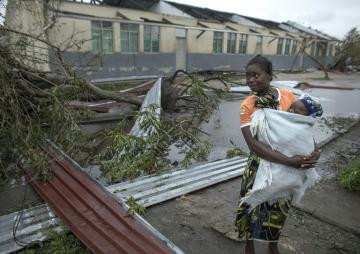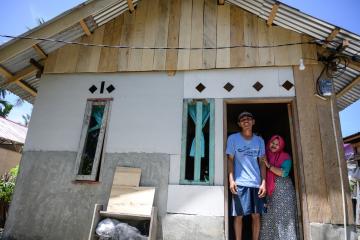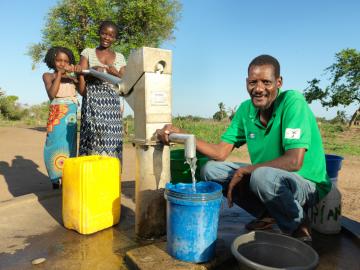
Natasha Kaplinsky: How makeshift
school tents are rebuilding
hope in Mozambique
Natasha Kaplinsky: How makeshift
school tents are rebuilding
hope in Mozambique
Broadcaster and Save the Children ambassador Natasha Kaplinsky on the threat facing children in Mozambique following Cyclone Idai, and why education is the key to recovery.
9 April 2019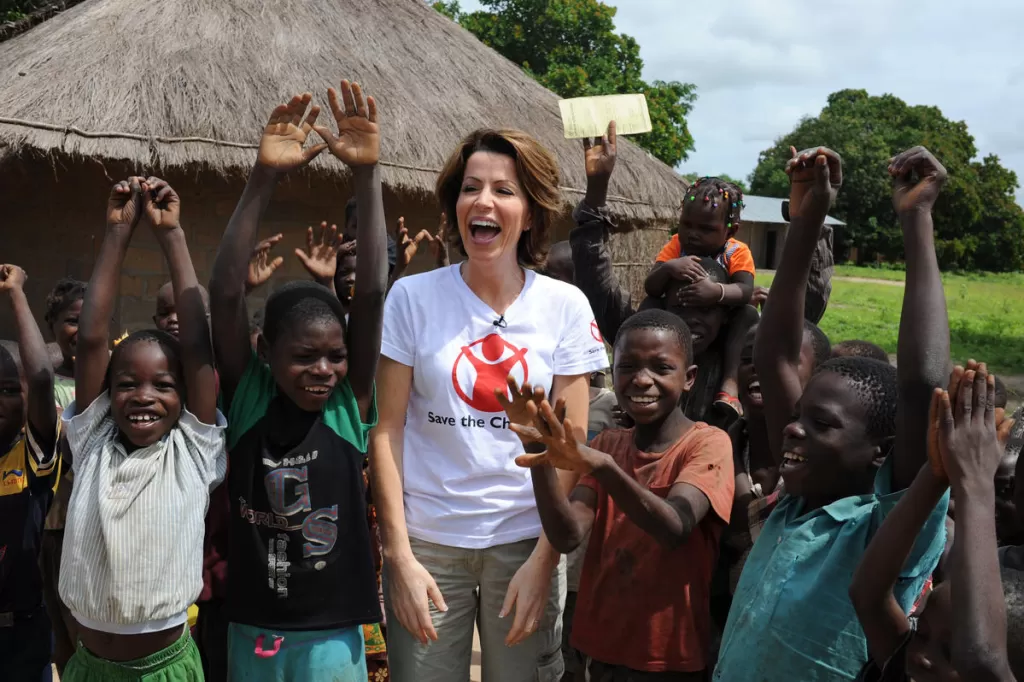
Natasha Kaplinsky with children taking part in a nutrition support group in Mozambique in 2012. Image: Sebastian Rich
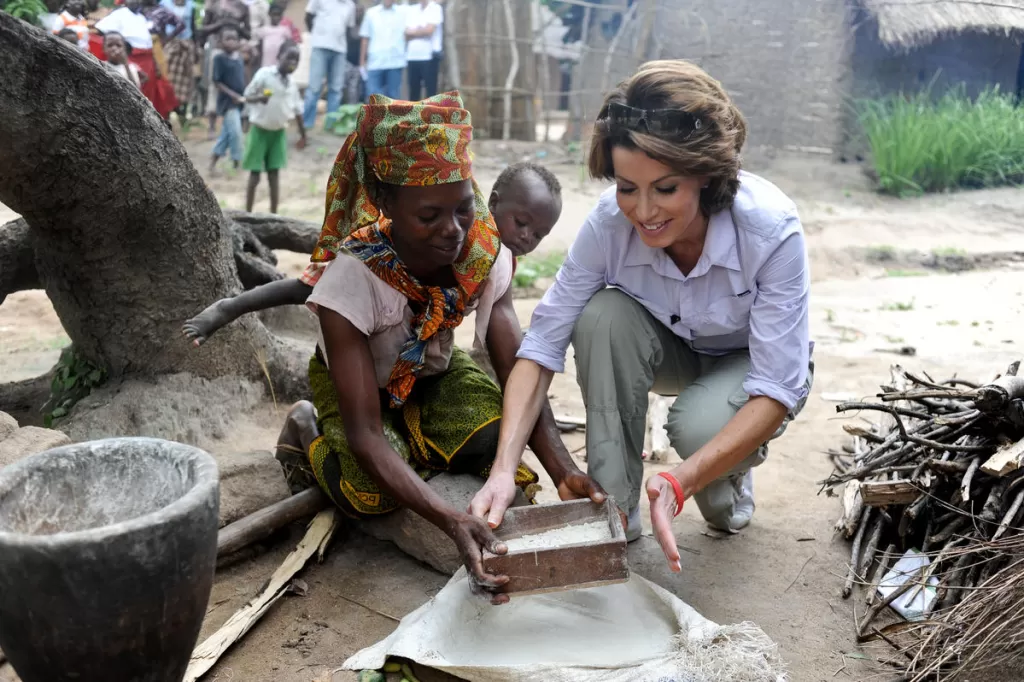
Natasha Kaplinsky helps Zainabo Tchechere prepare a meal of cassava for the community in Ampivine, Mozambique in 2012. Image: Sebastian Rich
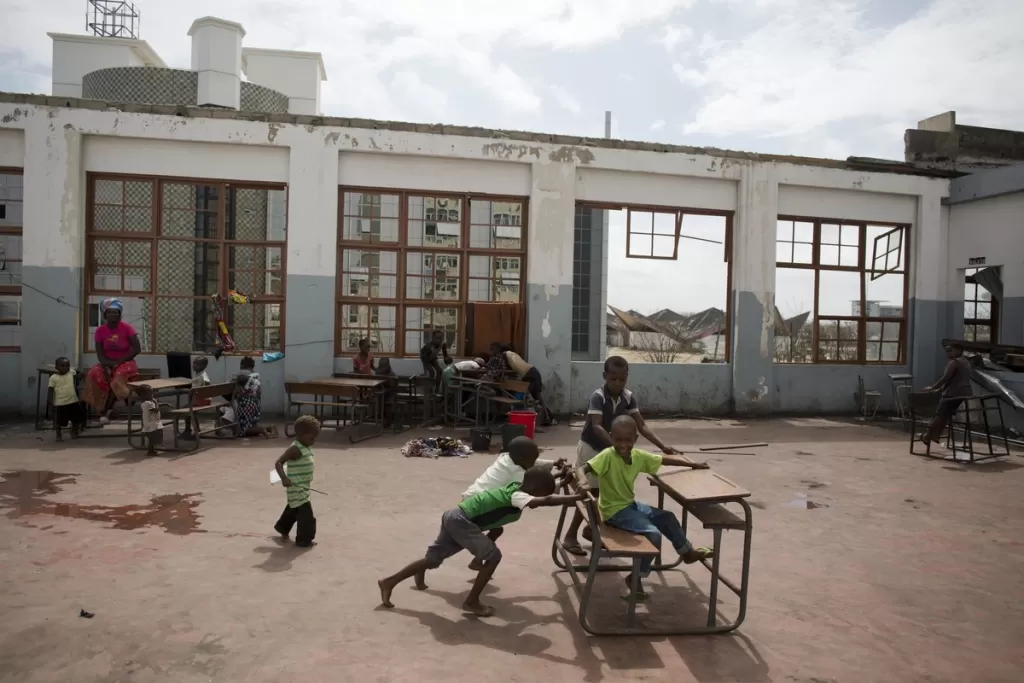
Children play in a school hall badly damaged by Cyclone Idai in Beira, Mozambique. Image: Karel Prinsloo/DEC
